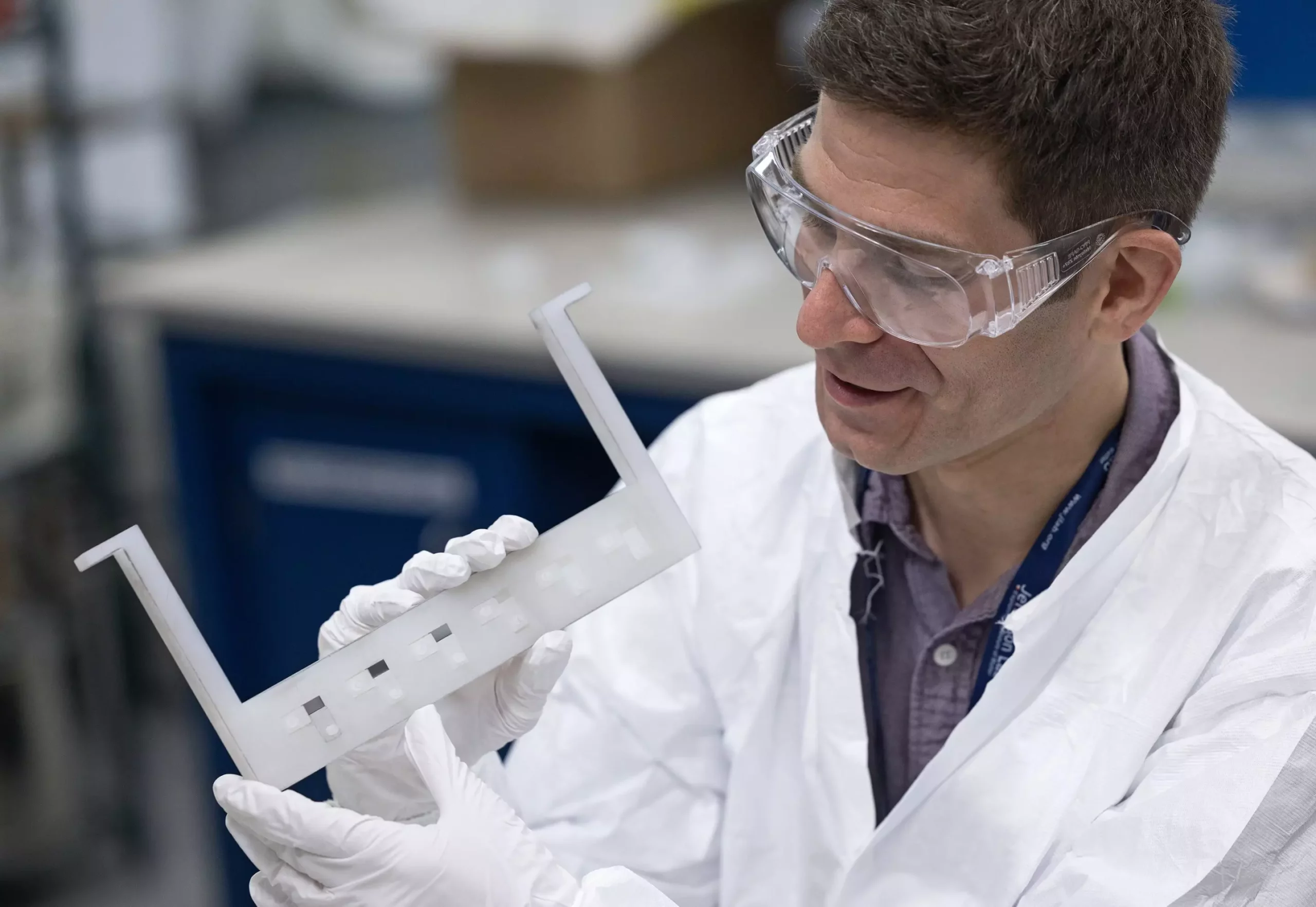Particle accelerators are marvels of modern science and engineering, pivotal in unraveling the deepest mysteries of the universe. Yet, these devices come with a hefty price tag, largely due to their immense size and the precision technology required to construct and maintain them. One of the major cost drivers is the accelerator’s length—a factor directly linked to the strength of electromagnetic fields within its core components, known as cavities. The dream of many scientists is to shrink these mammoth structures without compromising functionality. This aspiration has led researchers to focus on the fundamental materials that make up these cavities, particularly niobium, a metal prized for its superconducting properties at cryogenic temperatures.
Niobium Cavities and the Role of Oxygen Diffusion
Niobium cavities work by sustaining large electromagnetic fields that accelerate particles efficiently. The stronger these fields, the shorter the accelerator can be. However, pushing fields to higher intensities risks overheating the cavity, causing it to lose its superconductivity—a devastating blow to performance. Recent research explains that the secret to optimizing niobium cavities lies not just in the metal itself but in subtle chemical changes on its surface.
When niobium is exposed to air, it naturally forms an oxide layer. During processes designed to prepare these cavities, particularly heating strategies known as “baking,” the oxide layers partially break down, allowing oxygen atoms to diffuse a few micrometers into the metal’s surface. This oxygen penetration changes the material’s microscopic properties, directly influencing how well it can function as a superconducting cavity. Until recently, the exact impact of oxygen diffusion was poorly understood, leading to hopeful trial-and-error methods rather than scientific precision in niobium treatment.
Mathematical Modeling as a Game-Changer
Researchers at the Thomas Jefferson National Accelerator Facility tackled this challenge by developing a robust mathematical model that predicts oxygen diffusion into niobium under various heat treatment conditions. This model integrates data from techniques like secondary ion mass spectrometry—a method that visually maps the presence and depth of oxygen atoms within the metal surface.
Beyond offering theoretical insights, this model provides a practical toolkit. It doesn’t merely describe how oxygen moves; it forecasts how these particular distributions affect the superconducting behavior of the cavities. For example, low-temperature baking at around 120°C for extended periods (24–48 hours), a longstanding but mysterious treatment, has been confirmed by the model to enhance cavity performance by facilitating optimized oxygen diffusion. The oxygen-enriched surface seems to suppress harmful magnetic vortices, known to generate heat and limit accelerating fields. This model, therefore, bridges a critical knowledge gap that allows scientists to fine-tune baking processes with a predictive outlook, steering away from costly guesswork.
Implications for Future Accelerator Design
The success of this modeling approach does more than just explain past successes—it opens up avenues for innovation and cost reduction in particle accelerator design. Traditionally, niobium cavities are painstakingly crafted and treated, processes confined to a handful of specialized labs worldwide. But with a deeper understanding of oxygen’s role, the industry can evolve.
For instance, the model encourages experimenting with deliberately tailoring the niobium oxide layer before baking, or by adjusting heat treatment times and temperatures to optimize oxygen penetration. These interventions could enhance cavity performance beyond current standards, enabling shorter and more affordable accelerators. Another promising path informed by this work is the development of thin niobium films applied to copper cavities via advanced deposition techniques. Understanding oxygen diffusion in thin films, as illuminated by this research, is vital for guiding these next-generation manufacturing methods.
My Perspective on the Advances and Remaining Hurdles
This body of work showcases a magnificent example of how fundamental materials science drives technological leapfrogging. Making accelerators smaller, cheaper, and more powerful is no small feat, yet the insights offered by this oxygen diffusion model equip scientists with precise control where previously there was only intuition and approximation.
Still, challenges remain: scaling these findings into mass production will require considerable resources, and copper-niobium composite technologies hold promise but are still experimental. Moreover, the model focuses primarily on oxygen; other impurities and manufacturing variables undoubtedly play roles yet to be fully delineated. Investment in complementary experimental validation and cross-laboratory collaboration will be essential to translate this understanding into robust industrial practice.
Ultimately, the ability to “engineer” superconductivity through surface chemistry is thrilling—not just for accelerator physics but potentially for various fields that rely on superconducting materials. This achievement reaffirms how targeted, incremental advances in material manipulation can ripple outward, enabling pioneering discoveries in fundamental science.

